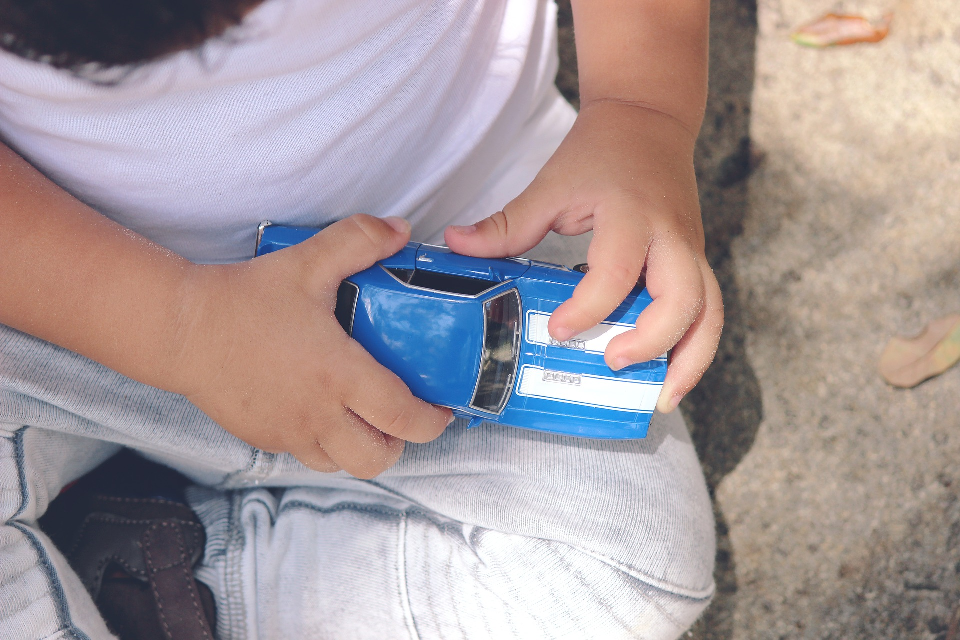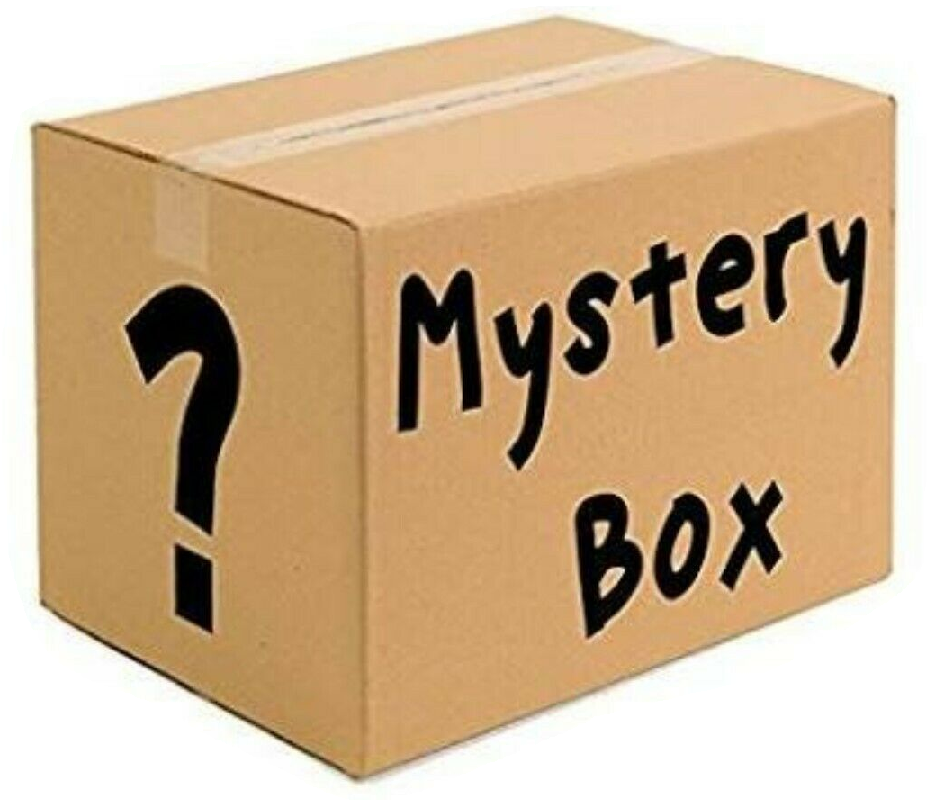Early Childhood Informal Education | Daily Do
How Can I Tell What's Inside?

General Science Is Lesson Plan Science and Engineering Practices Early Childhood Informal Education
Sensemaking Checklist




Welcome to NSTA's Daily Do
Teachers and families across the country are facing a new reality of providing opportunities for students to do science through distance and home learning. The Daily Do is one of the ways NSTA is supporting teachers and families with this endeavor. Each weekday, NSTA will share a sensemaking task teachers and families can use to engage their students in authentic, relevant science learning. We encourage families to make time for family science learning (science is a social process!) and are dedicated to helping students and their families find balance between learning science and the day-to-day responsibilities they have to stay healthy and safe.
Interested in learning about other ways NSTA is supporting teachers and families? Visit the NSTA homepage.
What Is Sensemaking?
Sensemaking is actively trying to figure out how the world works (science) or how to design solutions to problems (engineering). Students do science and engineering through the science and engineering practices. Engaging in these practices necessitates that students be part of a learning community to be able to share ideas, evaluate competing ideas, give and receive critique, and reach consensus. Whether this community of learners is made up of classmates or family members, students and adults build and refine science and engineering knowledge together.
Introduction
Today's task, How can I tell what's inside?, is for preK students and their families. This familiar activity of asking young students to guess the object in a closed container is an opportunity for students to begin to develop the science and engineering practice of supporting a claim with evidence and the science idea that materials can be described by their observable properties.
Engaging Your Students in the Investigation
PREPARATION
Materials
You will need 3–5 small objects that are familiar to your students. Choose an assortment of objects that vary in weight, texture, and shape. Consider making sets of objects for every two to three students. Objects you might use include these:
- rubber ball
- plastic egg
- wooden block
- feather
- quarter or half dollar
- 3-oz. paper cup
- marble
- cotton ball
- toy car
- seashell
You will also need 3–5 opaque containers with tight-fitting lids that are large enough to hold the objects.
The following guidance assumes you have one set of objects for every two to three students and one set for you to display to students.
INVESTIGATION
Place all of the objects on a table or on the floor. Say, "I wonder if we can use our eyes (sight) and hands (touch) to describe these objects. Let's start with this cotton ball." Give each small group of students a cotton ball and allow them time to play with it. Then ask students to describe the cotton ball to one another. You might help continue the group conversations by asking these questions:
- What color is the cotton ball?
- Is the cotton ball hard or soft?
- How does the cotton ball feel?
- How heavy is the cotton ball?
- What shape is the cotton ball?

Ask students to choose another object to explore. Continue until students have had an opportunity to handle and describe all of the objects.
Next, ask students to turn away from you and close their eyes. Place one object in each container. Tell students to open their eyes, and bring the class back together.
Give each group of students a container. You might choose to give student groups different objects. Ask students to shake the container and listen to the sound the object inside makes. Let students shake the container any way they like for a minute or two. Then as you walk around the room, you might ask students to try different ways of moving the container and listening to the sound the object makes.
- Shake the container slowly.
- Slowly turn the container upside down and back again.
- Swish the container from side to side.
- Roll the container.
Ask students, "Do you think we can figure out what's in the container without peeking? (Yes!) Why do you say so?" (Accept all answers.)
Ask students to guess (make a prediction about) what object is in their container. You might ask students to draw what they think is inside so you have time to walk around the room and ask students why (evidence) they think the object they guessed (claim) is inside the container.

Tell students to open their containers. Is the object inside the container the same as what they guessed? Allow students time to play with the object. Encourage them to put the object back in the container and listen to the sounds it makes when they move the container in different ways.
Bring the class back together. Ask, "What senses did we use to guess what was inside the container?" (Hearing. Touch [weight]) Ask groups to share something they heard or felt (evidence) that made them guess the object in the container (claim).
Make sure to give students at least one more "mystery container" before you end the task.
You might choose to keep two sets of objects-in-containers to create a matching game for your students. Consider changing the objects in the containers over time to continue to challenge your students.
NSTA Collection of Resources for Today's Daily Do
NSTA has created a How can I tell what's inside? collection of resources to support teachers and families using this task. If you're an NSTA member, you can add this collection to your library by clicking Add to My Library, located near the top of the page (at right in the blue box).
Check Out Previous Daily Dos From NSTA
The NSTA Daily Do is an open educational resource (OER) and can be used by educators and families providing students distance and home science learning. Access the entire collection of NSTA Daily Dos.


